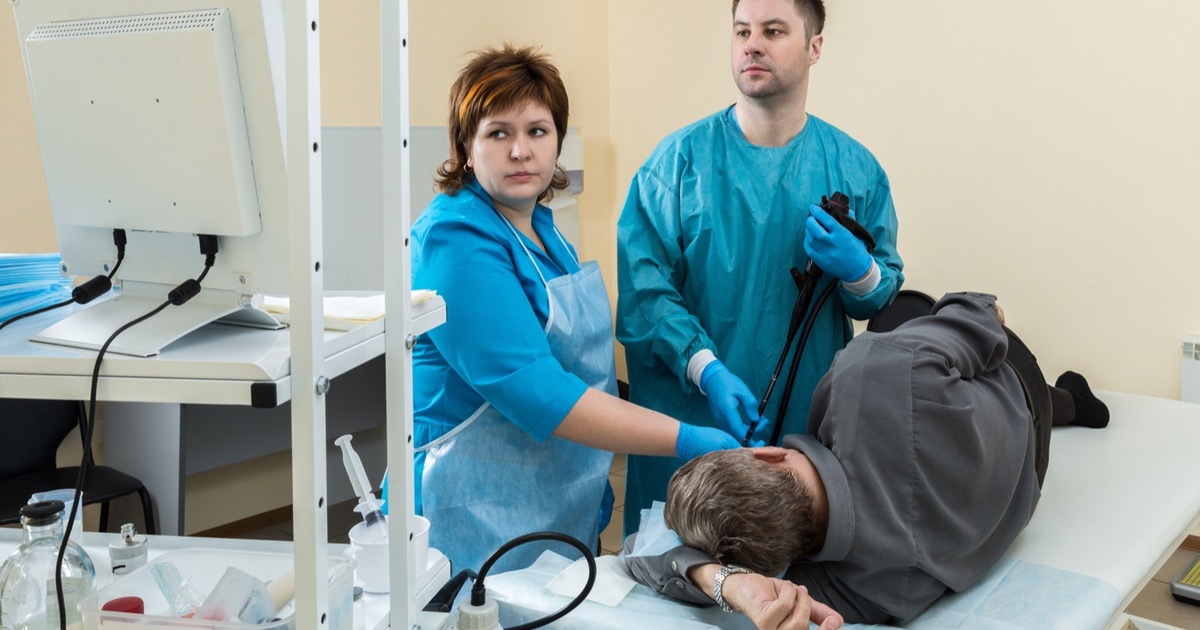Guide To Diagnosing And Treating Gallstones
A gallstone is a lump or stone that forms in the gallbladder or bile duct when specific types of substances calcify or harden. The gallbladder is a small organ that is located on the right side of an individual's abdomen and is positioned just underneath their liver. Gallstones are caused by an imbalance of the chemicals in an individual's gallbladder that include calcium carbonate, cholesterol, and calcium bilirubinate. The reason why these chemicals become imbalanced in some individuals and not in others is not clear. Pigment gallstones and cholesterol gallstones are the two types of stones that cause symptoms in affected individuals. Symptoms of gallstones include pain in the right ribs, pain between the shoulder blades, pain in the right shoulder, nausea, vomiting, restlessness, and sweating.
Several methods may be used to diagnose and treat gallstones. Get familiar with them now.
Endoscopic Ultrasound

An individual who is suspected to be affected by gallstones may need to have a diagnostic imaging procedure referred to as endoscopic ultrasound. This is a minimally invasive procedure performed on an outpatient basis that shows a physician the shape and size of structures within an individual's body. This procedure is typically well tolerated by most patients. During an endoscopic ultrasound, a patient's physician passes a flexible tube into the digestive tract, and a small device or transducer on the end of the tube is used to create an ultrasound of the surrounding tissues. Ultrasound technology is the use of sound waves that bounce off interior structures and are recaptured to form an image of the tissues. Endoscopic ultrasound can only be performed when the stomach is empty. Most patients are lightly sedated with medication at the very least for an endoscopic ultrasound. Because the transducer in this procedure comes closest in proximity to the gallbladder, it can provide the most detailed and accurate representation of the gallstones, their position, and their size.
Keep reading to learn more about how to diagnose and treat gallstones now.